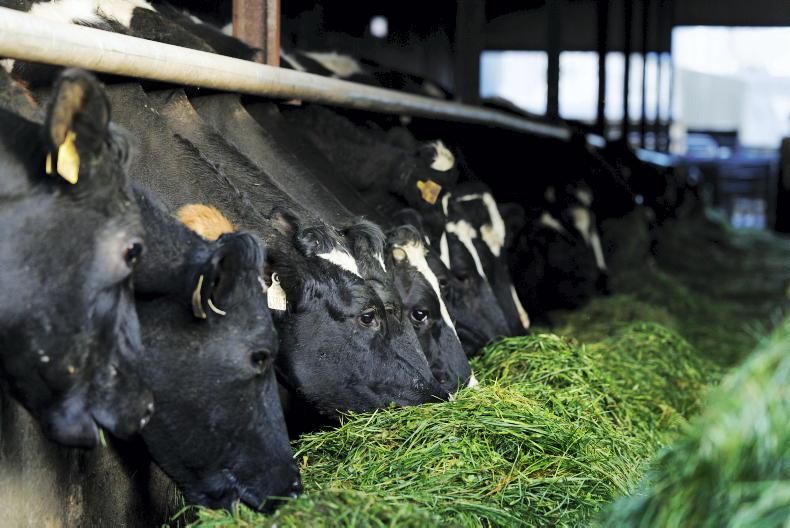The best yearly nitrates results recorded in the Timoleague catchment as part of Teagasc’s agricultural catchment programme (ACP) still overran the targets set for the catchment, a Teagasc Signpost webinar heard on Friday.
Last year, the nitrates concentration in water leaving the west Cork catchment dropped 9% to 4.9mg/l - the lowest recorded in the programme’s 13 years of testing.
However, this 4.9mg/l result is still almost double the catchment’s nitrates water quality target of 2.6mg/l, Teagasc researchers pointed out.
“While the water quality has improved in Timoleague, the objective is that water leaving the river as it flows into the estuary would be below a figure of 2.6[mg/l],” ACP specialist Edward Burgess said.
“In 2022, it was at the lowest level we ever found, which would give hope that the regulations are working, but the lowest level that we have found in Timoleague was still almost twice that 2.6[mg/l] figure at 4.9[mg/l].”
Derogation
The commentary comes as the nitrates action programme’s mid-term review is due this summer, with derogation stocking rate limits set to come under renewed scrutiny from the European Commission.
Derogation farmers can currently stock land up to 250kg N/ha, but the case will have to be proved that water quality trends are going in the right direction if a maximum derogation stocking rate drop of 12% is to be avoided.
“There’s huge complexities in water quality, but time is needed to see actions working, but it is a combination of climate, weather, soil and farming practice,” Burgess commented, in response to a question of the 2022 Timoleague results and the pending derogation decision.
2018 data
The ACP’s Jason Galloway emphasised that consideration must be given to the baseline years from which progress is monitored.
He argued that making comparisons with 2018’s figures taken during a year of drought and high nitrogen losses would not give an accurate picture of water quality trends in catchments such as Timoleague.
“If, for instance, you took 2018 as a baseline, every subsequent year would seem to be improving and, likewise, if you took a baseline a few years before 2018, it would look like things are moving in the wrong direction,” Galloway said.
“I think it is important to have the context around a measurement to be able to understand mitigation measures are being effective or not.”









SHARING OPTIONS